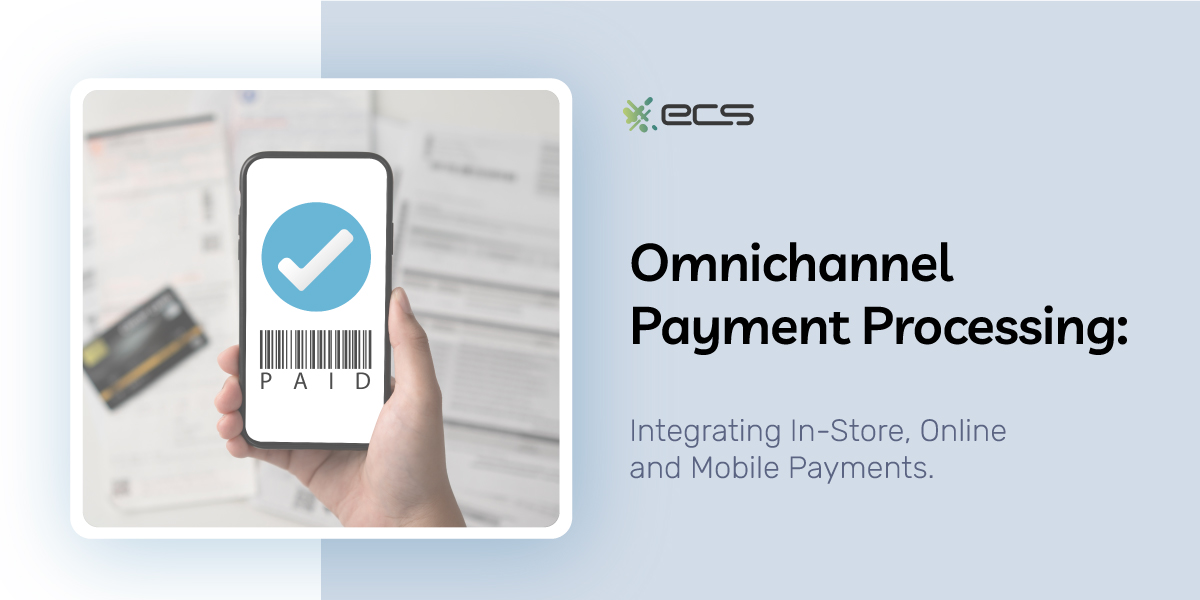There are multiple ways to accept customer payments: in-person, over-the-phone, and online transactions, to name a few. Businesses are beginning to realize the value of versatility when it comes to processing transactions. Implementing omnichannel payments allows for a seamless experience across all platforms.
Did you know that nearly 70% of shoppers online abandon their carts? E-commerce merchants alone are losing a predicted $18 billion to canceled transactions. The two biggest reasons that customers abandon their carts are (1) hidden fees and (2) having to create an account. However, a significant percentage (nearly 60% according to some estimates) are abandoning their purchases because their preferred payment method isn’t available.
That’s an easy fix, isn’t it? You’ll take Visa, Mastercard, Discover, and Amex. But there’s more to it than that. Customers also want a seamless user experience when supplying payment details. If they were shopping in your brick-and-mortar store, you wouldn’t ask them to call their payment in, would you? So why shouldn’t customers expect to have their transactions processed in whatever “channel” they’re in?
Understanding Omnichannel Payment Processing
Previously, there was only one sales “channel,” and that was the cash register. By the 2000s, many brick-and-mortar retailers also had online stores. The advent of smartphones created a social media explosion—another sales channel. No-code or low-code app-making has allowed SMBs to make their own branded apps—yet another potential sales channel.
Today’s omnichannel payment platforms must handle more than in-store and online payment integrations. Here are a few other potential places to implement seamless payment experiences from the same “command center.”
- Mobile apps
- Social media
- Self-service kiosks
- Smart Home devices
- Email and text-to-pay links
- Phone-based customer care
Granted, not every SMB is going to have all those sales channels. Amazon, for instance, has Alexa devices that consumers use in their homes to check the weather, listen to music, and share their private conversations with Jeff Bezos. But consumers can also use an Alexa device to go shopping for snack packs, backpacks, knick-knacks, and much more.
It’s unlikely that your SMB will issue personal in-home devices like Alexa. But what about a mobile app? There are no-code solutions that can allow you to build proprietary branded apps. Wouldn’t it be nice if integrated payment solutions brought those transactions under the same umbrella as in-store purchases or your website?
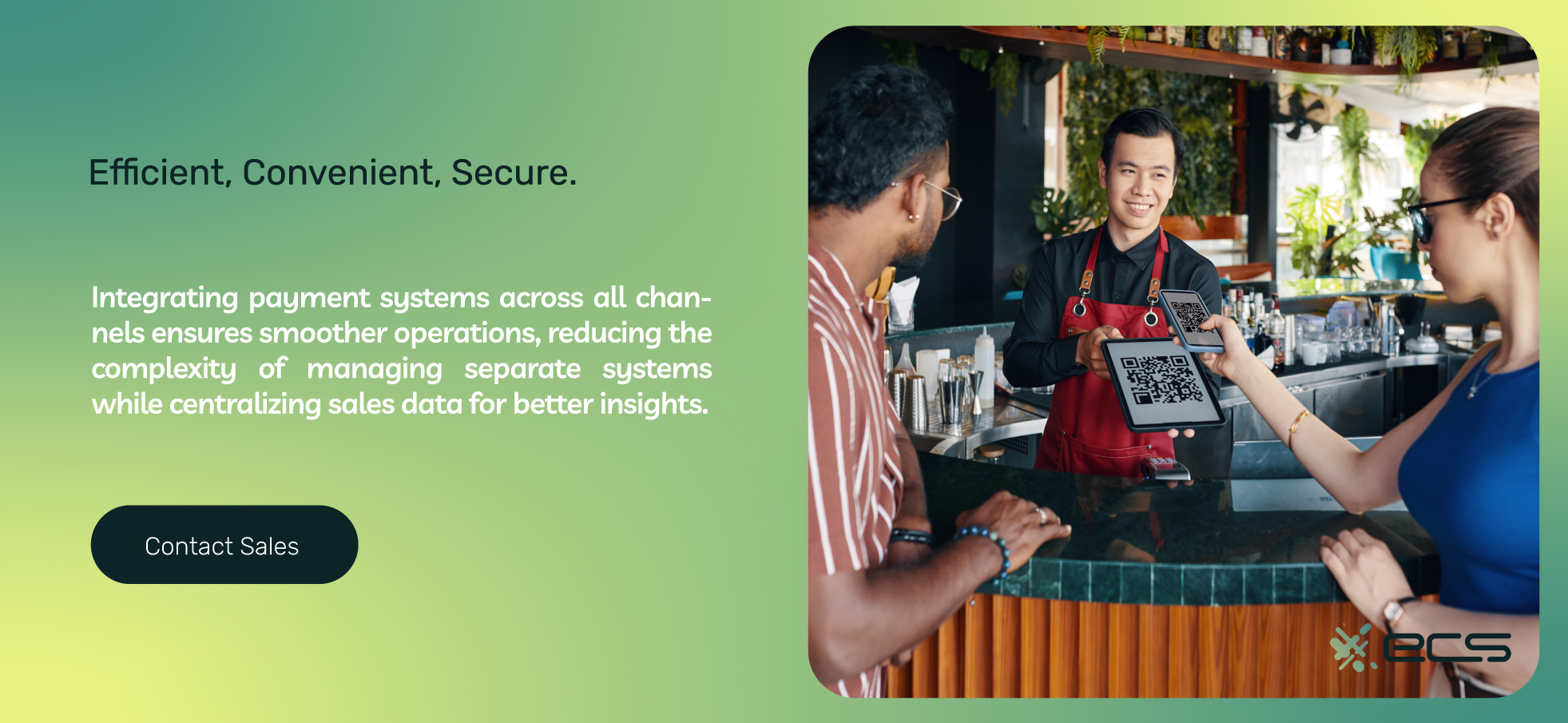
Challenges of Integrating Payment Systems
Without payment system synchronization, you could be juggling multiple payment systems. If they’re all managed by different companies, that’s even more juggling. For instance, your POS terminals in-store might be managed by one company, while your website is managed by Shopify. Retail payment integration of all your channels, as we will explore, can make simplify and improve the financial health of your SMB.
To put it simply, no matter “where” your customer pays (in-store, mobile device, on a computer) you want all your payment information to be gathered, processed, and analyzed in one place.
Technical Challenges of Integration
The technical parameters of different payment processing systems are one challenge to omnichannel payment processing integration. Take a POS, for example. Even contactless payment terminals rely on tangible hardware to complete a payment, such as an NFC chip in a phone or an EMV chip in a card.
Online payment gateways have a different set of parameters within which they must operate. These card-not-present (CNP) transactions won’t need any hardware, but they will need more robust fraud-foiling tools such as proxy piercing.
Even within the realm of digital payments, there will be differences between platforms. The payment gateway that integrates with a website will have some different “stuff” going on in the backend than the gateway that interfaces with a mobile app.
Integrating diverse systems is a complex task of programming, problem-solving, and using open-source APIs (application programming interfaces). These tasks are best dealt with by experienced engineers. For that, you will need to work with a payment processing company that has experience in omnichannel payment processing.
Synchronizing Data Across Channels
Data synchronization is another challenge. This is particularly true if your payment processing software needs to connect with external SaaS such as customer relationship management (CRM) or inventory resource management (IRM). Every input, no matter what channel it’s coming from, should yield the same synchronous output in your other systems. Otherwise, chaos could reign, which sounds pretty epic if you enjoy fantasy novels but is decidedly not good if you’re trying to run a business.
Take the simple example of inventory, for instance: you want to know and communicate with customers how much of every item is in stock based on all the purchases made over your diverse assortment of channels. If you don’t reconcile this information from diverse channels until the end of the day or the end of the week, you’re going to be sending a lot of emails or texts that certain things are out of stock.
Ensuring Security in Omnichannel Systems
Security concerns are another area that omnichannel integration cannot compromise. What if a fraudster attempted to use a credit or debit card across different channels, probing each one until they found the waypoint? For instance, if proxy piercing discovers they are trying to make a fraudulent transaction online, they may attempt to call and speak with a customer care rep who will run their payment.
Banks are adept at foiling this type of action by using identity testing to like LexisNexis across all their channels—online and phone support. You want your payment processing company to have the same level of uniform defense at every “window.”
Customer Experience Considerations
A final but equally important consideration is customer experience. One problem that can emerge if you have multiple payment processing systems is confusion for customers over receipts and banking statements. Even if they are a subscriber or repeat customer, if they see a name they do not recognize on their baking statement, they may initiate a chargeback. Chargebacks create a cascade of fees that will ultimately hit the business owner and too many chargebacks results in being blacklisted by Visa and MasterCard.
Customer preferences also lean toward consistency within a business. One fault that many businesses have with payment acceptance is charging a fee for processing over-the-phone transactions. This might be necessary from the end of the business, it creates a bad impression with customers. Customers are left wondering: why do I have to pay five dollars when I call in, if paying online is free?
Streamlining your multichannel operations with one payment processor to present a uniform façade to customers can greatly improve the perception of your business. You’d be surprised how many customers become very upset when they are hit by surprise, even if it’s barely enough to buy a latte.
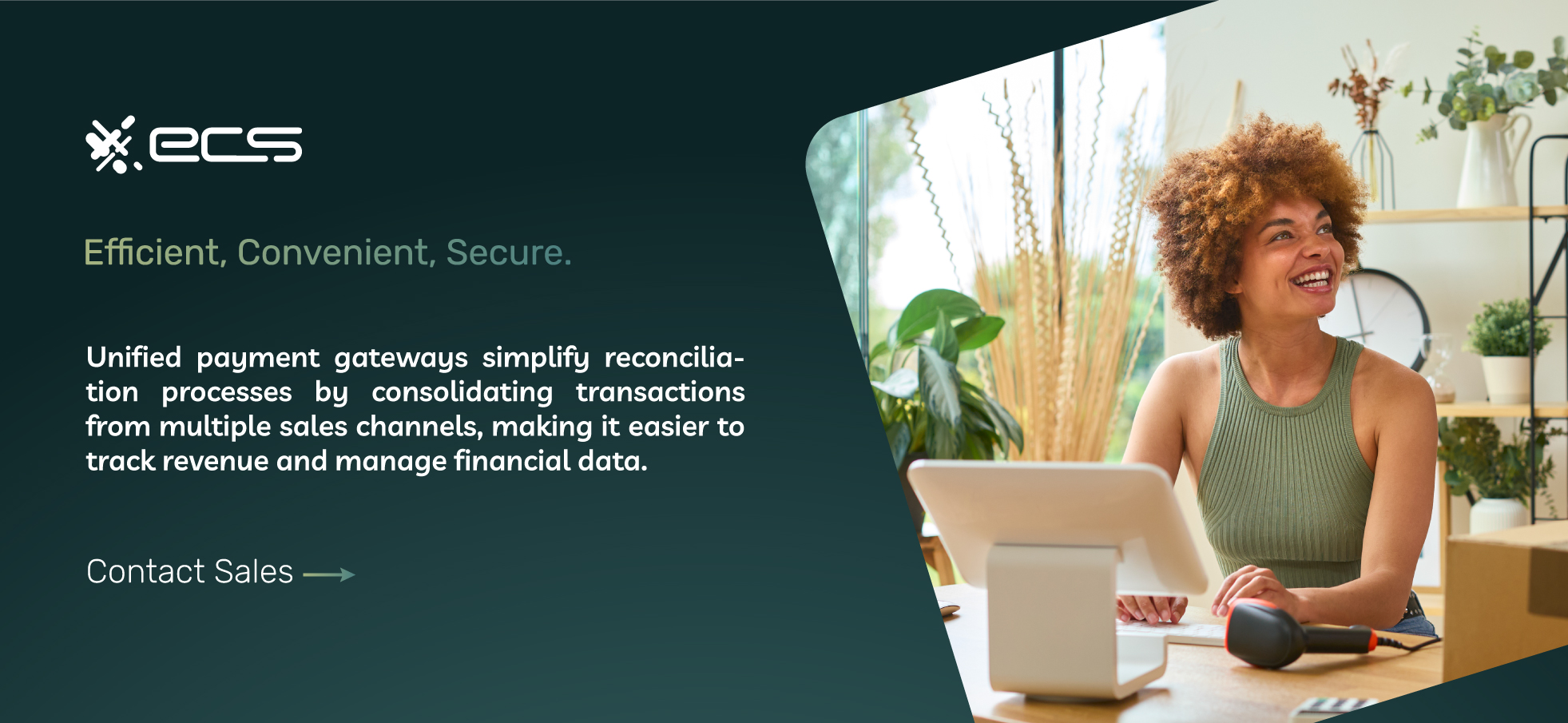
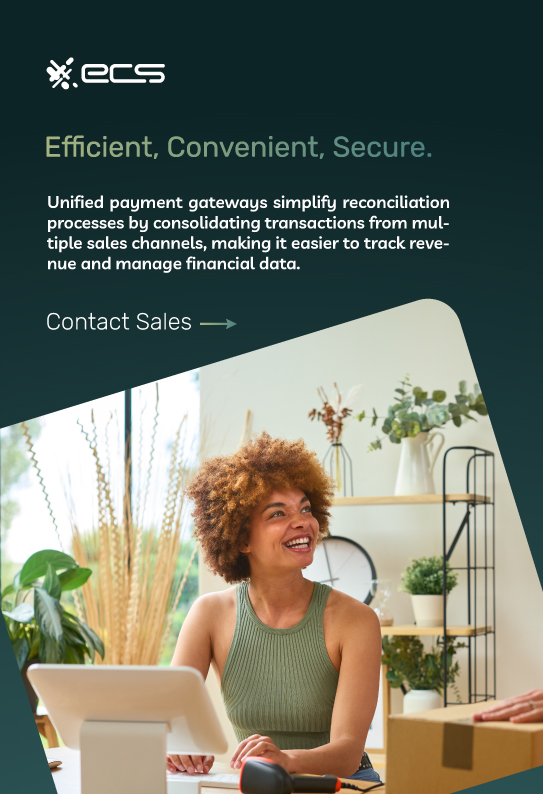
Benefits of Omnichannel Payment Processing
Let’s talk more about the customer experience and how omnichannel marketing can make it easier for customers to pay their way.
Simplifying Social Media & Voice Activated Purchases
Social media browsing is one example. Once upon a time (not too long ago), customers who saw an item on social media would have to navigate to that brand’s page, hit a link in the bio, and then be taken to a store website. If you were a small business owner with a website and a separate, third-party payment gateway, that would be making the customer journey pass through 3+ places just to get what they wanted.
Fast forward to today. Let’s take Amazon again as an example of omnichannel marketing at its finest. Alexa owners can verbally command their Alexa to add certain items to an order. Since the customer has a card on file, they can even verbally check out. Imagine if Alexa would tell shoppers they have to log onto a computer to finalize their purchase! There’s a good chance a decent number of shoppers would abandon their order.
Increase Sales
“All roads lead to Rome,” the adage goes. And the more roads, the more people who can get there. The same thing is true with your sales volume: the more opportunities you have to collect payments through different channels, the more sales you will have. One study found that omnichannel retailers with 3+ channels increased their sales by nearly 500%.
Centralizing Sales Data for Better Insights
Another helpful facet of omnichannel payment processing is that all insights will be collected in one place. Analyzing a variety of data sources separately can lead to confusion and poor decision-making. By contrast, pulling all sales data into one place will give you a more accurate picture of what your clients and customers are actually thinking and doing.
Boosting Operational Efficiency
Successful omnichannel payment processing will increase operational efficiency. If you have multiple payment processors for your various channels, you’ll have a lot more maintenance to deal with.
For instance, if two channels go down at the same time, you’ll have to troubleshoot two different systems to get your sales up and running again. By contrast, if you work with one company that can manage payment processing and all your channels, you will only need to deal with one account manager when there are issues.
Key Features to Look for in an Omnichannel Payment Processor
If you are seeking multichannel support, you must work with a payment processor who can confidently handle in-store, online, mobile, and other payment forms successfully.
Real-Time Data Synchronization
One aspect of their competency you particularly need is real-time data synchronization. All sales should instantly impact your business management software, whether it is CRM, IMS, or your accounting software. Any lag in the synchronization of sales inputs could have serious consequences in terms of fulfillment and customer satisfaction. It could also create loads of backend manual reviews for you.
The importance of this point increases as her sales volume does. A large site like Amazon doesn’t have a single minute to spend manually synchronizing sales data from its various channels, as people are shopping there 24/7.
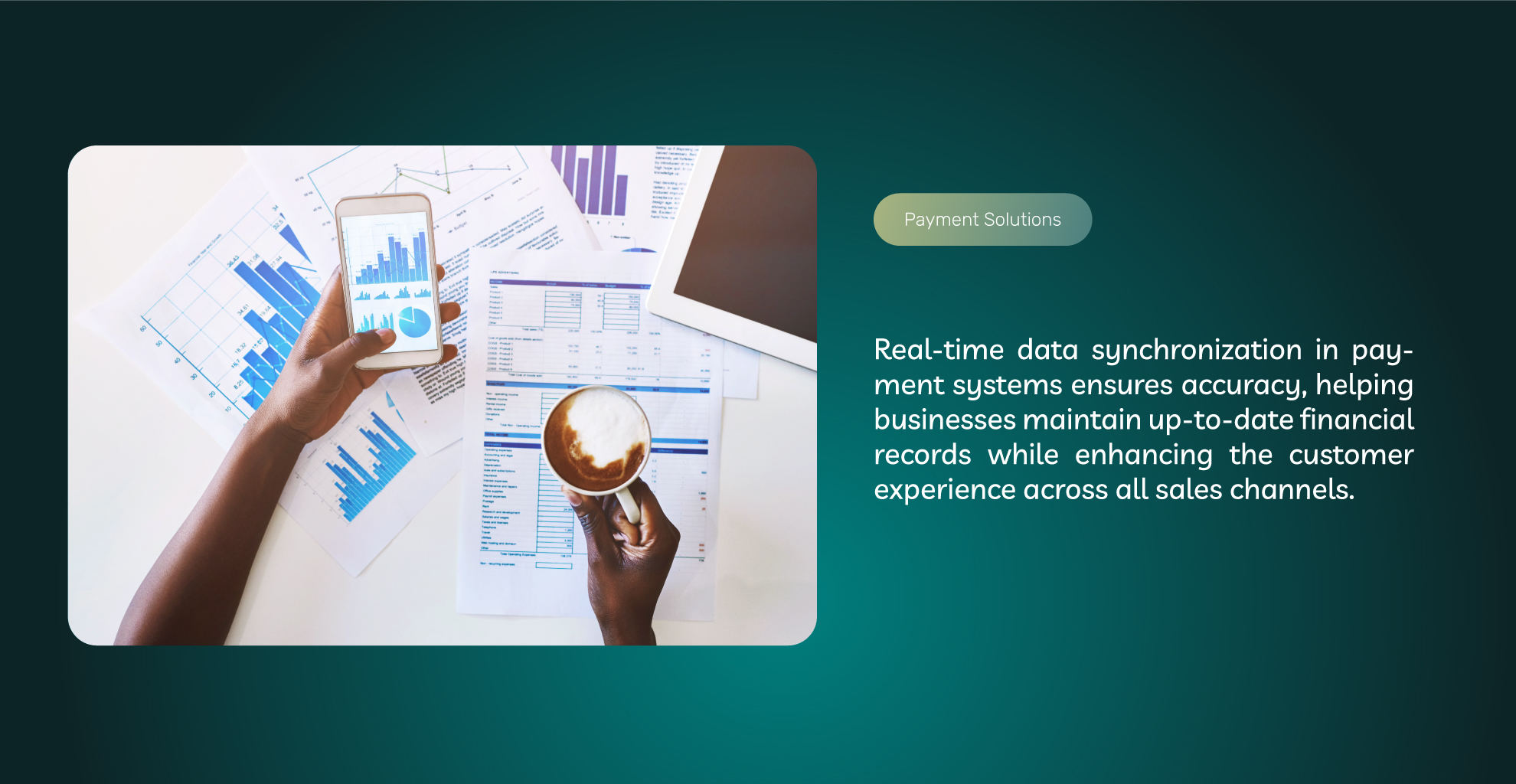
Secure Payments
Retaining payment information across all channels is a great way to improve customer experience. Consequently, your payment processor should facilitate securely storing this information. For instance, customers should be able to create an account and upload card information so that (ideally) they can shop across your various channels without having to re-enter their information.
However, this means that you will need to save this card information. Saving customer payment information is tightly regulated, both by lawmaking agencies and networks like Visa and MasterCard. The set of standards that Visa MasterCard created is called PCI DSS, which stands for payment card industry data security standards.
PCI DSS Compliance
PCI DSS contains 12 core principles with many subsections that regulate securely storing customer credit card information. While some of these things are possible for an SMB to implement, such as using secure passwords on Wi-Fi networks, others are more cost-prohibitive. The easiest way to deal with PCI DSS is just to let your payment processor handle it for you.
Tailored Solutions for Your Business Needs
Lastly, you want to work with a payment processor who can meet the specific needs of your business and industry. Does your business involve a fleet of mobile contractors? They should be able to collect payments on the go via a mobile point of sale (MPOS).
Do you own a restaurant? Wouldn’t it be nice if social media users could seamlessly get funneled into a proprietary app to place orders after witnessing tantalizing reels of whatever it is you cook up? Plug in your own examples: each business has unique considerations around collecting payments.
Implementing Omnichannel Payment Processing
A good payment processor will be familiar with the hardware and software that is needed to successfully implement omnichannel payment processing strategies. Hopefully, this is not their first rodeo in your industry, and they will be well aware of potential pitfalls to avoid.
What Channels to Implement?
Consider the nature of your business as well as your customers when thinking about what “channels” should take precedence. Taking orders over the phone is probably important for a restaurant but not as important for a retailer. Having an app to browse for products is important for a retailer but not as important for a service-based business— yet service-based businesses may benefit tremendously from email and text to pay reminders for invoices. Your payment processor will be familiar with which channels are important for your type of business.
Implementing Customer Care
Speaking of omnichannel payment processing, studies have shown that there is a 23x increase in customer satisfaction when businesses use omnichannel customer care. That means that in addition to email and phone support, customers can reach out to you through social media or in-app messaging. If you are a brick-and-mortar business, then customers should be able to have issues resolved in the store.
You want to train your staff to be competent in processing payments and issuing refunds through your various channels. In a related vein, many customer service calls can become an opportunity to retain a client or even improve the relationship through exchanges or upselling. These types of sales can be smoothly implemented into a conversation.
Your omnichannel support should also be fluent in cross-channel payment strategies. That way, for instance, a rep who is having a text or email exchange with a customer won’t have to say something like: “just call in to get your refund” or “I’d love to upgrade you to this better product if you can just give me a call.” They will simply be able to handle the transactions during the conversation or email exchange.

Case Studies and Success Stories
Amazon has a truly unique system with its (mostly) staffless Go stores and Whole Foods. The Amazon One payment hardware allows customers to make payments by scanning their hands. In Amazon Go stores, a complex network of sensors tracks items and gauges what has been moved out of the store. The customer does not even have to swipe items over a barcode reader. They simply walk out, and Amazon is already aware of what the customer has taken.
The Go store is just one of many “channels” that Amazon offers as a road to purchasing, including its website, its app, in-home hardware, and (now) its brick-and-mortar. Plans are also on the horizon to open automated “full-service” kiosks that will function as miniature convenience stores.
Future Trends in Omnichannel Payment Processing
The future of omnichannel payment processing is already here: Visa, MasterCard, and Amazon have already tested and/or rolled out biological payment programs such as facial recognition and hand scans. This uber-contactless payment integration has already been tested around the world and (as mentioned in the previous section) piloted by Amazon in select locations.
It is very likely that within the next 10 to 15 years, all major card networks will provide consumers the opportunity to register biological indicators with the card network. Merchants who participate in biometric programs will have terminals that allow customers to simply scan their faces or wave handprints over the POS.
In the online world, integrations have become increasingly complex but simultaneously more simple for the everyday consumer. Applications like Plaid connects financial institutions to consumer-facing apps. This means, for instance, that consumers making an ACH payment no longer have to hunt for a check or figure out how to find their account and routing number on their banking app. They just tap their thumb a few times and integrate it from their mobile device.
Social media app platforms like Instagram have partnered with companies like Shopify to streamline shopping and keep purchases within the platform. Integrations are one of the prime trends in software and a key driver of omnichannel retail payments.
Conclusion
E-commerce and in-store payments do not have to be split up into two different systems. Unified commerce payment systems can bring all your transactions to one place. Customer experience in omnichannel payments indicates positive reception: customers like the idea of being able to seamlessly complete transactions wherever they “are” (e.g., browsing social media, in-store, or on the phone).
Payment processing for multichannel retailers has its challenges. Omnichannel payment security must defend every “road” to the sale from the unique type of fraud it’s most susceptible to. Payment data must be securely stored if customers create accounts. Data analytics and the dashboards that display this data must leverage real-time integrations to provide the most accurate, up-to-date information from every channel.
Do you have any questions about unified payment processing? Are you using different payment processors for your in-store sales, online store, and mobile payment solutions? Are you still contemplating opening up new “channels” for customers? Let’s discuss how payment processing for multichannel retailers and service providers could simplify and streamline your current inbound sales.
Frequently Asked Questions About Omnichannel Payment Processing
Omnichannel payment processing allows businesses to accept payments across various channels, including in-store, online, mobile, and more, while centralizing data. Contact ECS today to learn how our omnichannel solutions can streamline your payment processes into one seamless system.
Most businesses can benefit from implementing omnichannel payment processing. It enhances customer convenience, improves operational efficiency, increases sales and creates better customer satisfaction. Reach out to ECS Payments to find out how we can help implement omnichannel payment acceptance at your business.
Omnichannel payment systems can integrate in-person payments (credit cards, mobile wallets), online payments, over-the-phone payments, mobile app payments, and social media transactions, ensuring a consistent experience across all platforms. Contact ECS Payments to integrate the right payment channels for your business.
Yes, omnichannel payment processing reduces potential barriers that can lead to cart abandonment, such as the unavailability of preferred payment options or requiring users to create accounts. Talk to ECS Payments about how our omnichannel solutions can help reduce cart abandonment and boost your online sales.
Yes, all of ECS Payments’ processing solutions include advanced security features like PCI DSS compliance, encryption, and real-time fraud detection, ensuring that transactions and customer data are protected across all of your payment channels.
